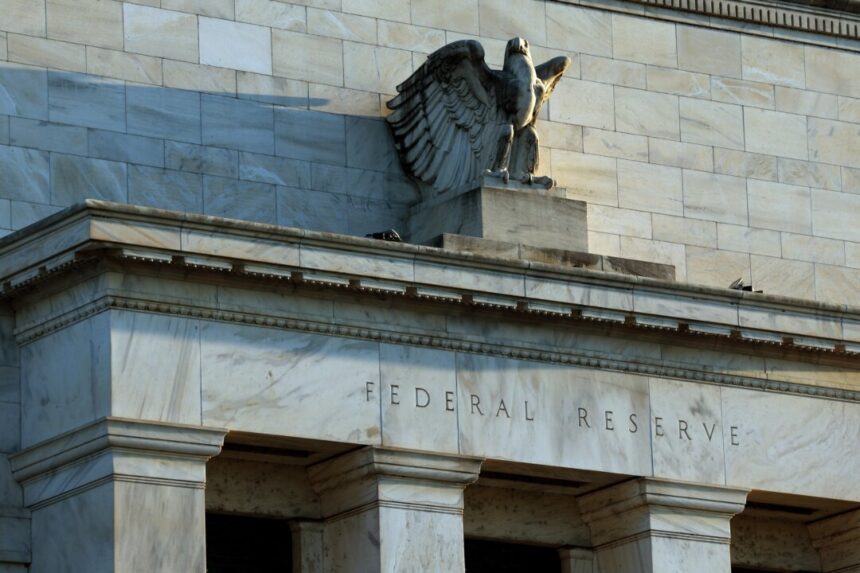Commentary
The U.S. Federal Reserve has recently made a significant move by cutting its target interest rate range by 50 basis points, indicating a deeper economic concern than previously acknowledged. This drastic action reflects worries about the weakening economy and the stability of the banking system.
The Fed’s decision was widely anticipated, with market expectations already factoring in a 50 basis point reduction. This anticipation led to increased asset values, including rising equity and commodity prices, and lower mortgage rates. Despite record-high stock and home prices, the Fed deemed emergency action necessary.
However, this move carries risks, particularly the potential reemergence of inflation. The Fed is aware of these risks but has chosen to prioritize avoiding a recession and financial crisis over inflation concerns. The central bank is navigating a delicate balance, considering the fragile state of the economy and banking system.
Lower rates are expected to benefit banks that struggled with rising interest rates in recent years. The hope is that this relief will help stabilize banks facing financial challenges. On the flip side, falling rates could negatively impact banks that were unprepared for this shift.
Despite reassurances from various sources, concerns persist about the banking sector’s stability. The Fed’s monitoring of charge-offs and delinquency rates on bank loans reveals ongoing challenges, particularly in consumer debt levels and credit card delinquencies.
While a rate reduction may offer some relief, it may not fully address the underlying issues facing the banking sector. Depositors and investors are advised to remain vigilant, as risks to the banking system persist despite government protections like deposit insurance.
Deposit insurance provides limited coverage, with only a fraction of insured deposits protected by reserves. This highlights the importance of staying informed and cautious when it comes to banking and financial decisions.
While the FDIC is mandated by law to compensate for losses on insured deposits, its ability to do so is limited by its “claims-paying ability,” which is determined by the amount of cash in the fund. In the event of a deposit run, the fund may not have sufficient funds to cover all losses, causing concern among regulators.
Furthermore, since the enactment of the Dodd-Frank regulatory reforms post the Global Financial Crisis, banks now have the authority to “bail-in” uninsured deposits (typically, balances exceeding $250,000) in times of emergency, such as a bank run leading to capital depletion. This allows banks to treat these deposits as unsecured debts or convert them into bank capital during a systemic crisis.
It is evident that the banking crisis is far from over and may just be in its early stages.
Views expressed in this article are opinions of the author and do not necessarily reflect the views of The Epoch Times.






